FILM DIRECTOR: John Frankenheimer
SCREENWRITER: George Axelrod
FILM STARS: Frank Sinatra, Laurence Harvey, Janet Leigh, Angela Lansbury, James Gregory, Henry Silva, Leslie Parrish, John McGiver, James Edwards, Douglas Henderson. Whit Bissell
COUNTRY: USA
THIS BOOK
AUTHOR: Richard Condon
TYPE: Novel
PUBLISHER: Pan
THIS EDITION PUBLISHED: 1960
COUNTRY: Great Britain
COVER: Paperback
THE ORIGINAL BOOK
ORIGINAL AUTHOR: As Above
YEAR FIRST PUBLISHED: 1959
ORIGINAL BOOK TITLE: The film title
NOTES
GENRE: Action Thriller, Cold War
WORDS: Richard Condon wrote the novel in 1959. It is a cleverly plotted cold war thriller that doesn’t rely on surprise so much as it does on “what if”.
The book is permeated with cold war atmosphere but not the in your face militarism or covert spy shenanigans of Europe. Here the cold war has come to the US and invaded public institutions and appearances and words are no indication of anything.
Brainwashing, covert spies, ambition, greed, political corruption … no one is what they seem.
The story about US soldiers in Korean who were captured by the enemy (the enemy being the North Koreans, the Chinese and the Russians) and who have been brainwashed, and sent back the the US, with one of their group programmed to kill (assassinate) and then forget. It is quite chilling. Interestingly, the book was, perhaps, the first to introduce “sleeper agents” to the world, certainly the film was the first in in the film world). Brainwashing was a big thing in the 1950s. At the time the military of both sides (I believe) conducted experiments in brainwashing. As a pejorative expression it was also used often especially when applied to the left. It was assumed that anyone who accepted that the communist system was a better alternative to mid-century American capitalism was “brainwashed”. How many times have you heard that as a slander against the left? Depending on the person there may be some truth to that.
Here the brainwashing is conducted by the Chinese on American POWs. Sergeant Raymond Shaw (played by Laurence Harvey in the film), because of his background and personality type (and for other reasons I won’t give away) is more likely to respond to the brainwashing. Major Marco (played by Frank Sinatra) is also brainwashed but figures his way out of it and tries to get Shaw to do the same. Essentially it’s the two characters who drive the narrative.
The book is a great read though Condon loves (with a capital L) metaphors which make his sentences long and unwieldy sometimes. He throws in trivia and asides (and black humour as well) but nevertheless he keeps the pace up. This book (and all his books, apparently) ultimately has (political) corruption and (the abuse of) power at its heart and it is fun because he is so focussed and unrelenting.
George Axelrod (with John Frankenheimer) took the book and followed it relatively closely. He (screen) wrote the witty comedies Bus Stop (1956), Breakfast at Tiffany’s (1961), Paris When It Sizzles (1964), How To Murder Your Wife (1965). Lord Love a Duck (1966), The Secret Life of an American Wife (1968) … the last two he also directed. Yes, he mainly wrote lightly satirical comedies which placed him well to adapt the book which has some dark humour.
But the real genius is John Frankenheimer and his direction. He has made a 1970s film in 1962. The violence (including one of the first martial arts fights in a western film apparently), the bloodshed, and the cold calculation of the killings (well he is brainwashed) are all designed to jar the viewer rather than scare them. You wince rather than hold your breath. Frankenheimer’s direction is raggedy and jumpy as if he had watched some French new wave film though it is largely, I assume, a result of his background in television (including live television) and making the most of the camera.
He is probably one of the best modern American directors and made many many excellent or underappreciated films All Fall Down (1962), Seven Days in May (1964), The Train (1964), Seconds (1966), The Gypsy Moths (1969), I Walk the Line (1970), The Horsemen (1971), The Iceman Cometh (1973), Black Sunday (1977), Prophecy (1979), 52 Pick-Up (1986), Year of the Gun (1991), Ronin (1998).
Harvey and Sinatra are both magnificent in their roles. Laurence Harvey because of his personal life (and probably because he wasn’t authentically English) is often underrated though, for my money he is one of the best and most interesting of the post war English (by way of Lithuania) actors and he captures the stand offish, not likable and cold character of Shaw in the book perfectly (though naysayers will say Harvey playing a blank faced brainwashed automaton is not acting) . The beauty is that though his character is not sympathetic he shows a vulnerability that reveals something deeper.
Sinatra, had proven his non-musical acting chops in From here to Eternity (1953), Suddenly (1954), and “The Man with the Golden Arm (1955) and does so here though he only has to react to Harvey and look comfortable next to Janet Leigh as his girlfriend Rosie. I would look comfortable (and very happy) next to Janet Leigh. What a babe. If I were Marco I would forget about Shaw, the Chinese and brainwashing and spend some quality time with Rosie.
James Gregory, always solid and always underrated, plays the weak blow hard senator and step father of Shaw wonderfully. He is both funny and a fool and based on, at his nastiest perhaps, Senator Joseph McCarthy (apparently Shaw’s mother is based on McCarthy’s counsel Roy Cohn). Gregory played military officers and politicians regularly as well as quite a few authoritarian fathers in the 1960s, both comical (as Elvis’ dad in Clambake (1967)) and dictatorial (as Dennis Hopper’s dad in The Sons of Katie Elder (1965)).
Angela Lansbury gets all the kudos and perhaps rightly so. She is magnificent as Shaw’s mother. At first comic and then darker she is driven, manipulative and cruel and there is even a hint of incest (in the book the incestuous attraction was much more clear). It is hard to believe that she played this role here (she was three years older than Harvey) and Elvis Presley’s scatterbrained southern belle of a mother in Blue Hawaii the same year (she was 10 years older than Elvis). Utterly convincing in both.
Henry Silva, of Italian and Spanish descent was alay playing minorities including many “orientals”. he has the face of a villain and works it here. Familiar faces, Leslie Parrish, John McGiver, James Edwards, Douglas Henderson and others give support.
The book has a lot more back story to each of the characters.
In the novel, Eleanor Iselin’s father had sexually abused her as a child, she was more of a gold digger, and she actively used sex to get what she wants. The love affair between Shaw and Joelyn is explored in detail (Shaw is also more sexually active in the book (all the sex is quite frank, though not explicit), as is the relationship between Marco and Rosie, though a little less so. The book also spends more time (too much perhaps) describing the brainwashing at the facility in Manchuria where the Americans were held. The film however sticks to the plot and gives us only as much detail as is required for us to know who they are. Which it does. But that’s the job of a good writer (and director) – to condense the words that describe a characters personality down to lines of dialogue (and images).
The movie has only a few minor alterations that primarily seem to serve the interest of speeding the action along which is understandable, though it’s a pity because in the book Angela Lansbury’s Mrs. Eleanor Iselin is given lots of little nasty events … like breaking up her son’s relationship by telling the girl’s father he is “not normal” (a homosexual), taking advantage and manipulating him, especially whilst he is in a brainwashed state, and sleeping with other politicians to advance her husbands career
Interestingly the film ends with Shaw making things right through a violent act. In the film Marco deprograms Shaw who sees the evil that has been done and then consciously takes the action he did (though we don’t know whether the deprogramming is successful till the end). In the novel Marco reprograms the still brainwashed Shaw (though there is ambiguity as to whether he was brainwashed at the end) to commit the acts he does … at least that’s how I recall it.
The book is both an anti-communist tract and a satire which has something critical to say about American power institutions. The film seems to be a Red Scare movie, but it casts a critical eye on “extremism”. The extremism here as a result of brainwashing but it could equally apply to just generally extremist behavior as we seem to suffer from today.
A wonderful film and a great read
An updated blackwashed (changing the race of a character that was was otherwise a role originally written for a white person) version The Manchurian Candidate (2004) was directed by Jonathan Demme, and starred Liev Schreiber (who is excellent) as Shaw, Denzel Washington as Marco (maybe there was no backwashing … maybe Denzel was playing a white person … think about it … now I’m trying to be satirical) , and Meryl Streep as Eleanor. The fim does not suffer from the blackwashing but it does suffer from loss of the cold war hysteria and maybe it is a little one note.
TRIVIA
“Frank Sinatra broke the little finger of his right hand on the desk in the fight sequence with Henry Silva. Due to on-going filming commitments, he could not rest or bandage his hand properly, causing the injury to heal incorrectly. It caused him chronic discomfort for the rest of his life”.
https://www.imdb.com/title/tt0056218/trivia/?ref_=tt_trv_trv
LINKS
TRAILER
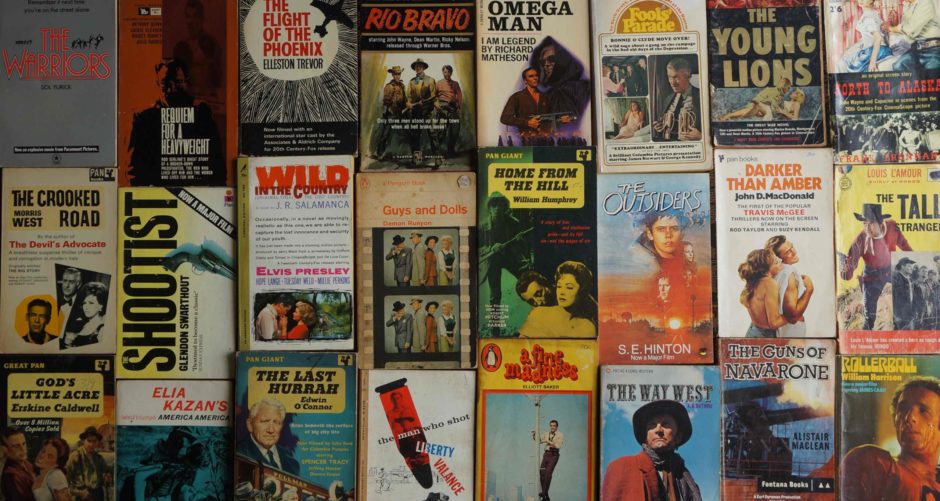
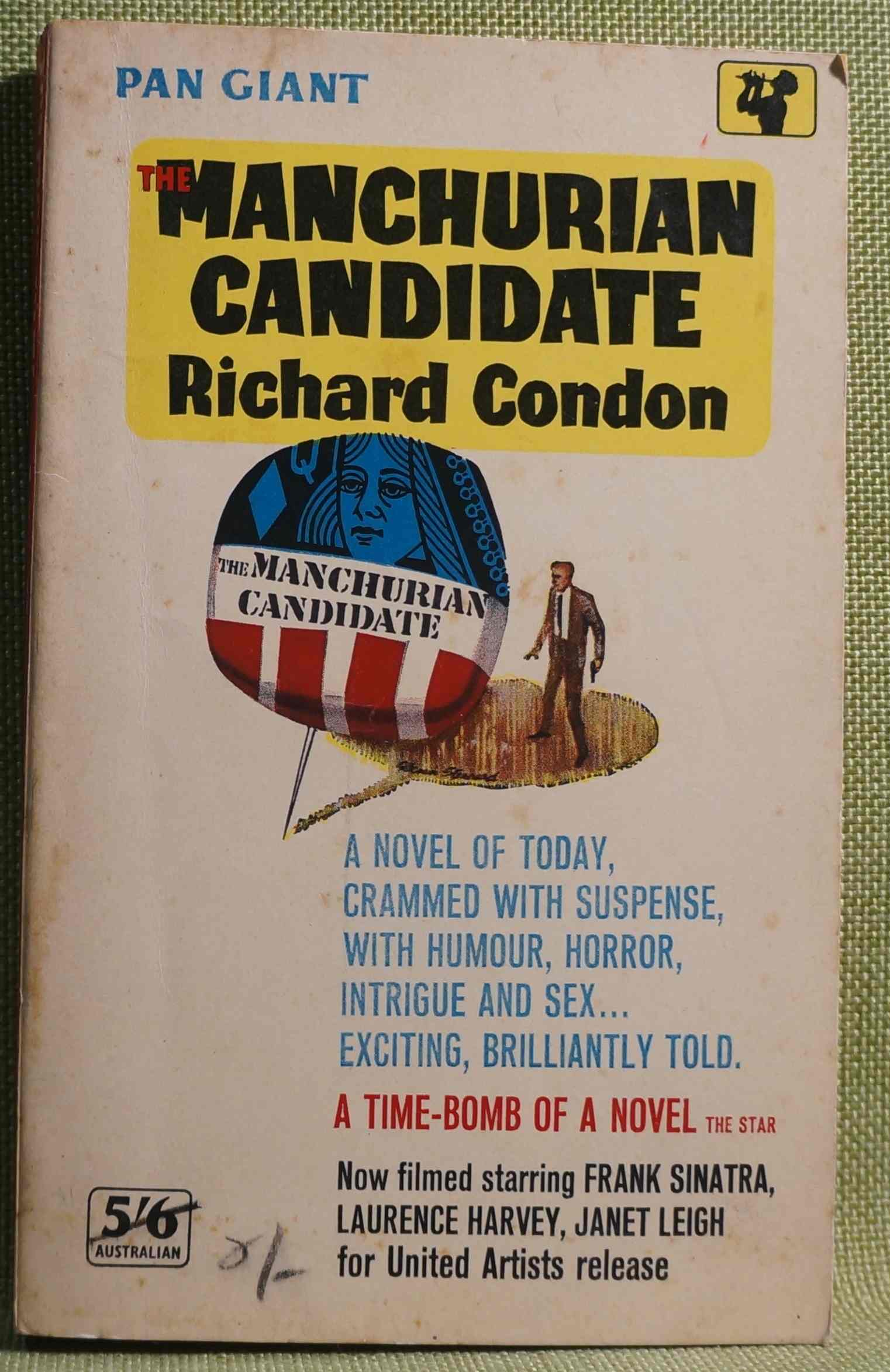
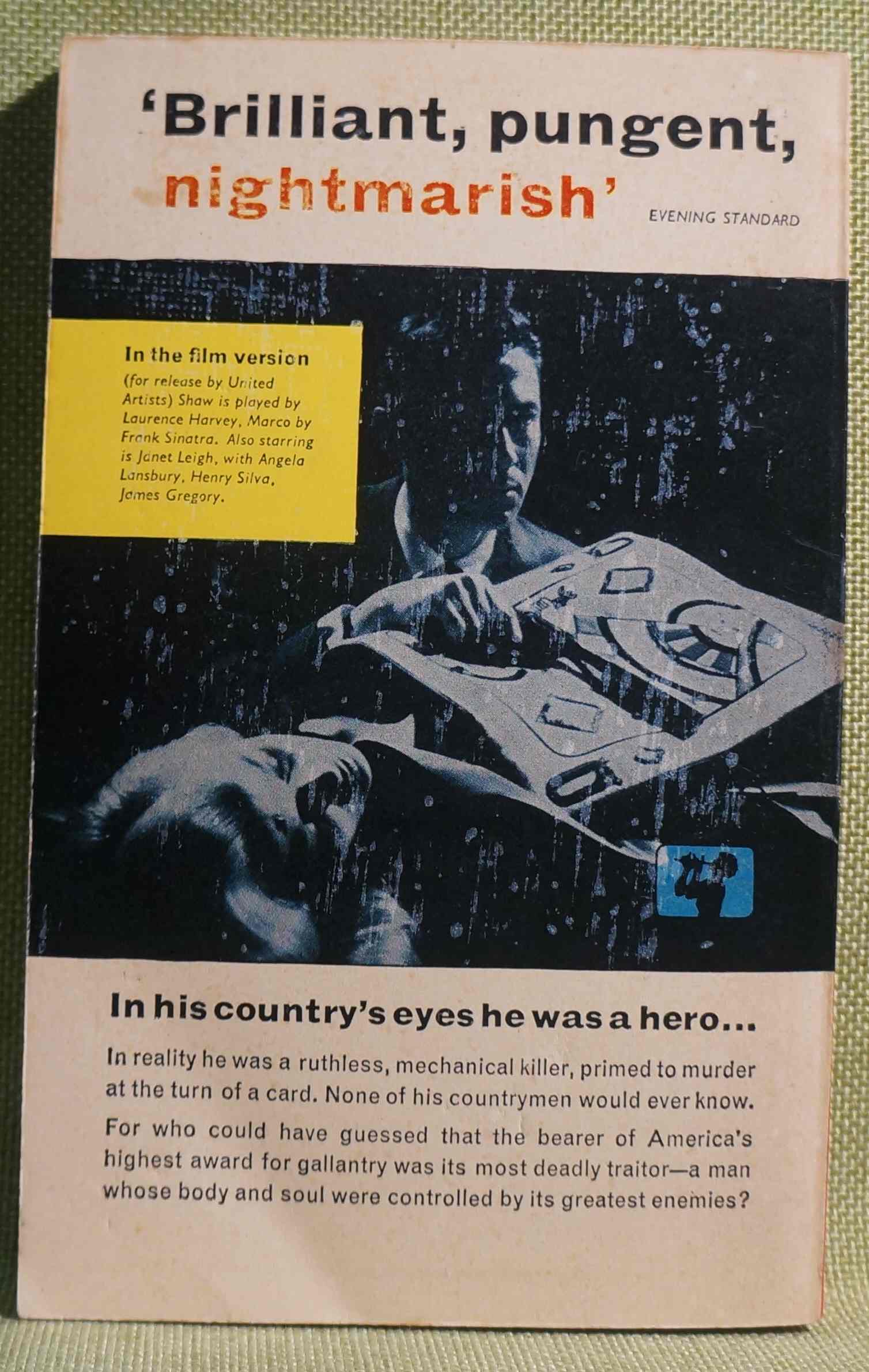
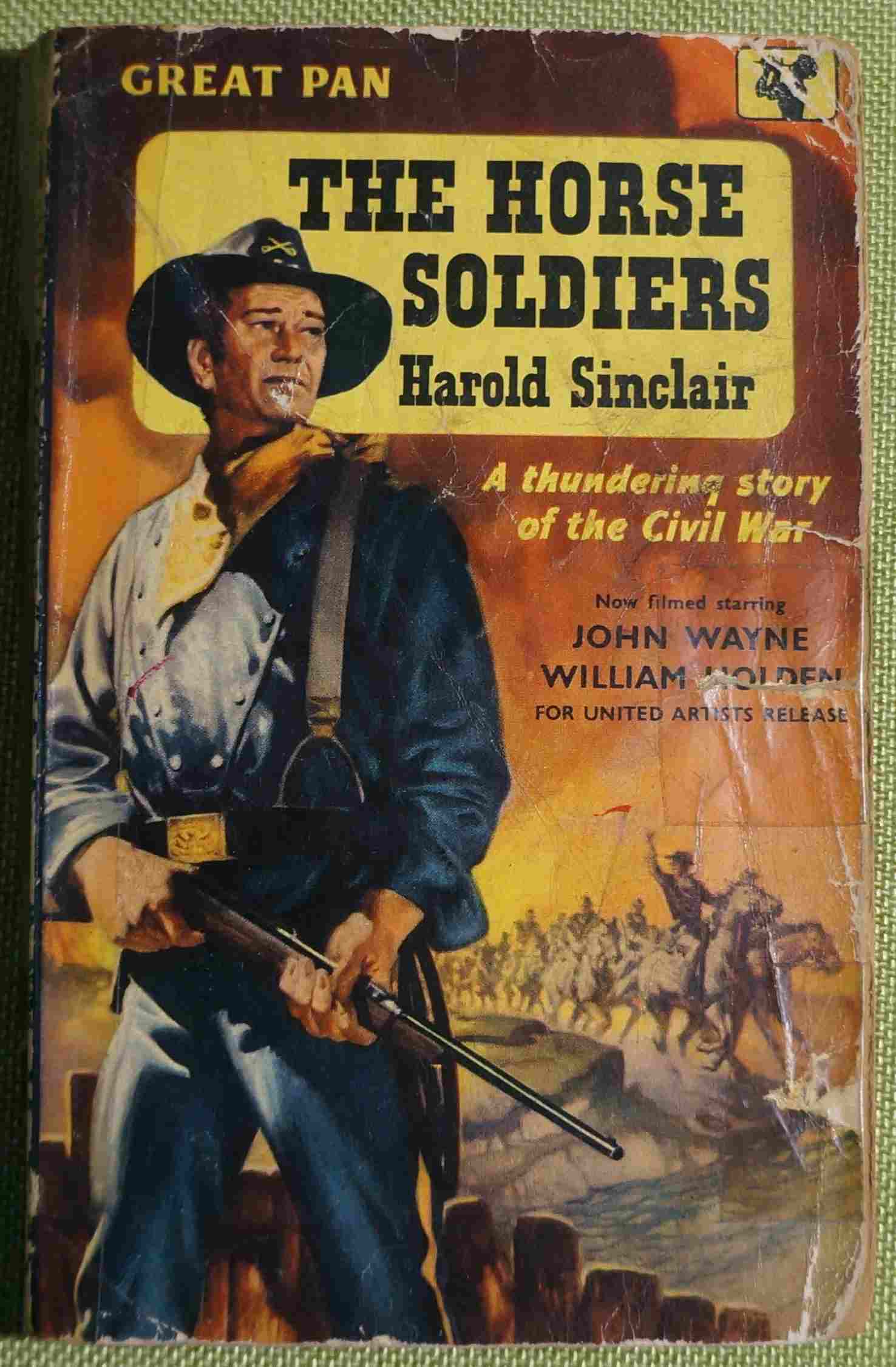
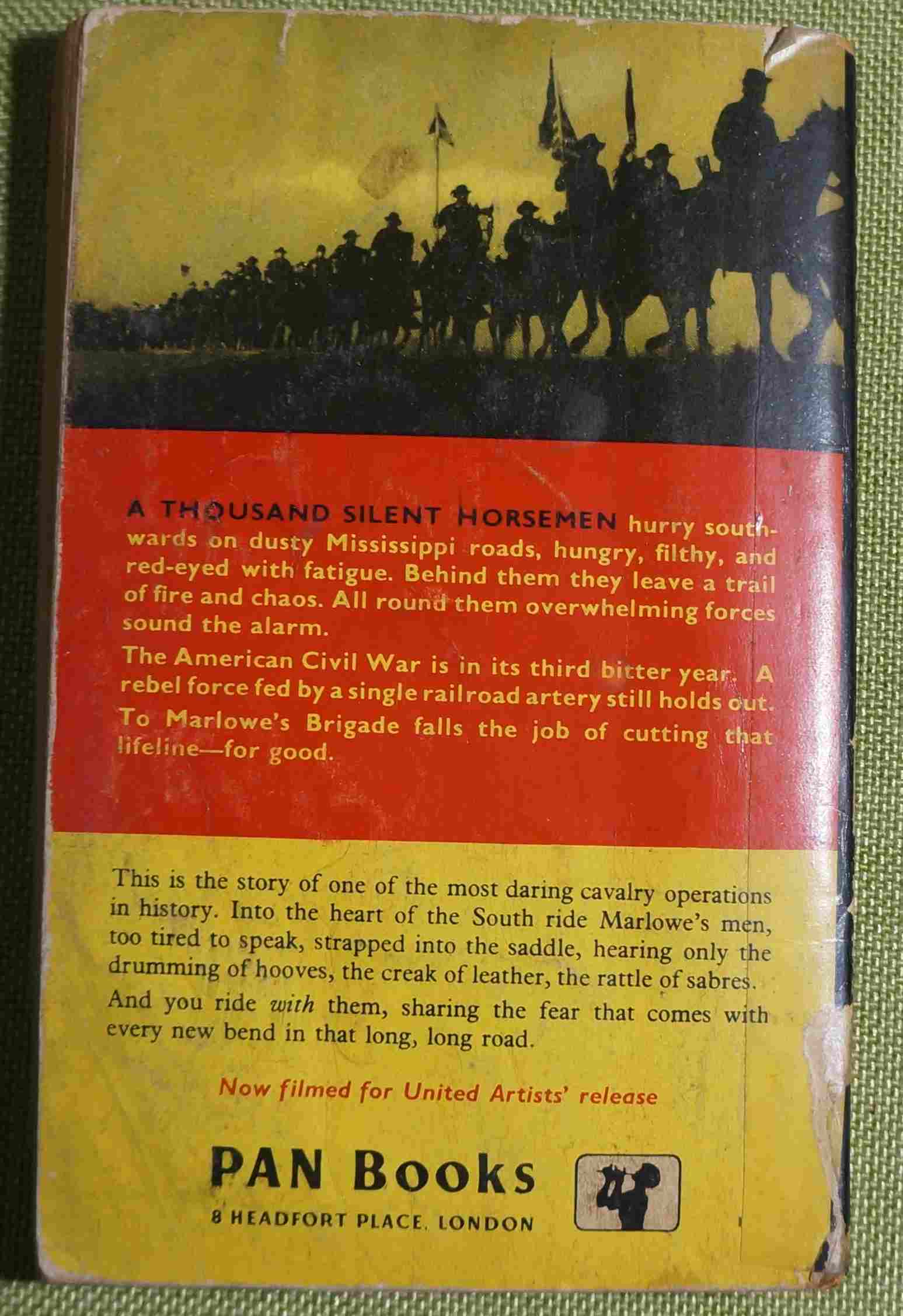
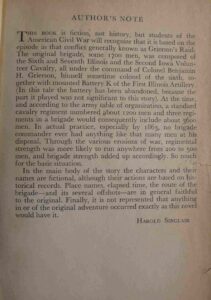
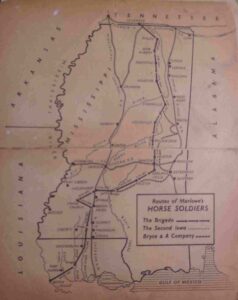
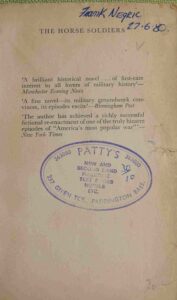

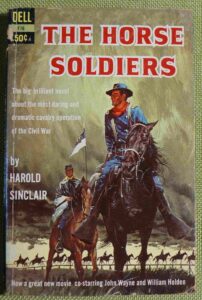
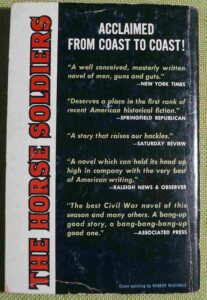
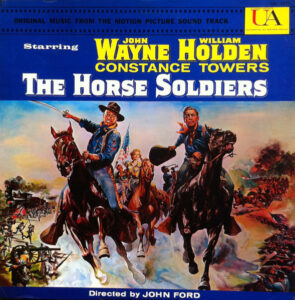
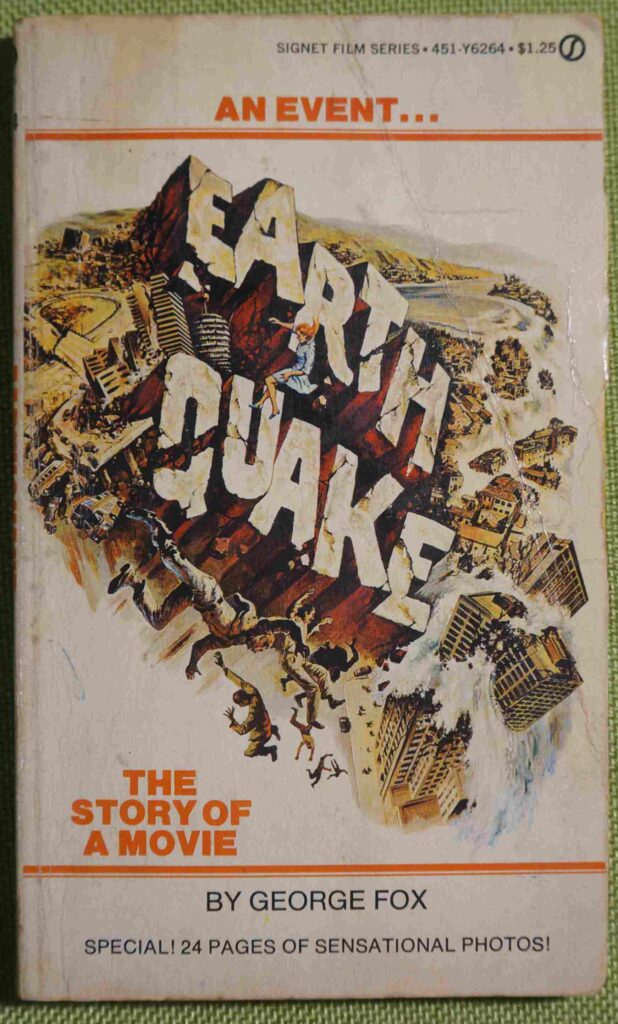

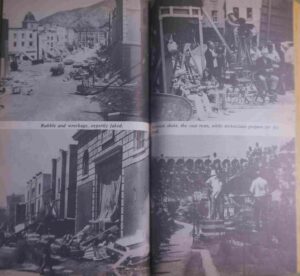
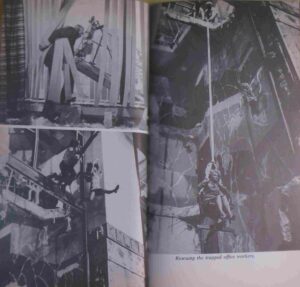
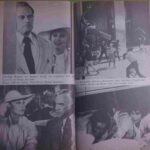
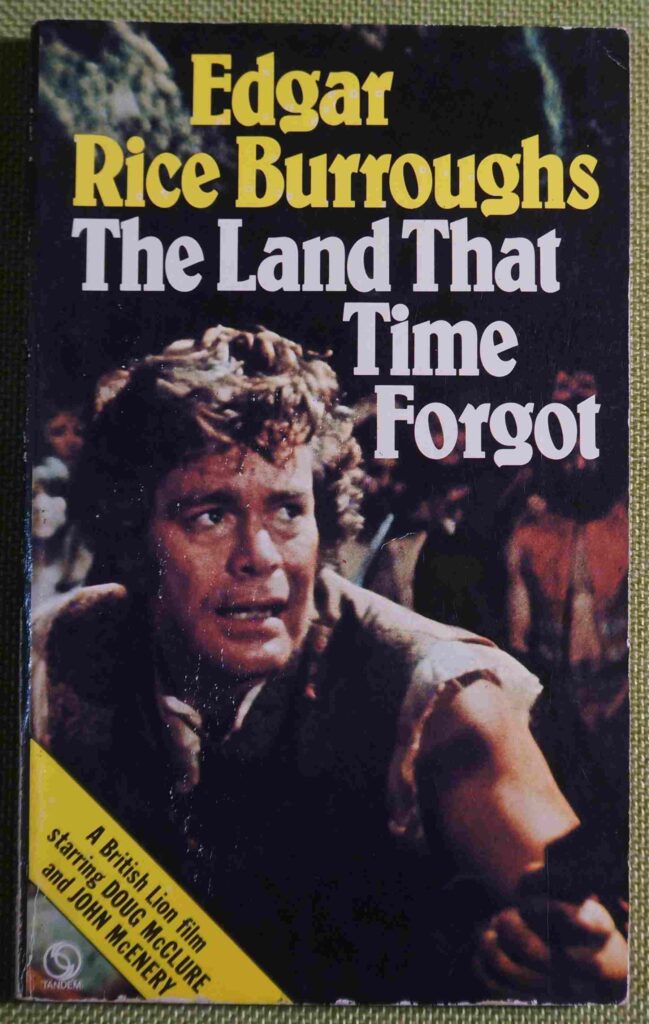

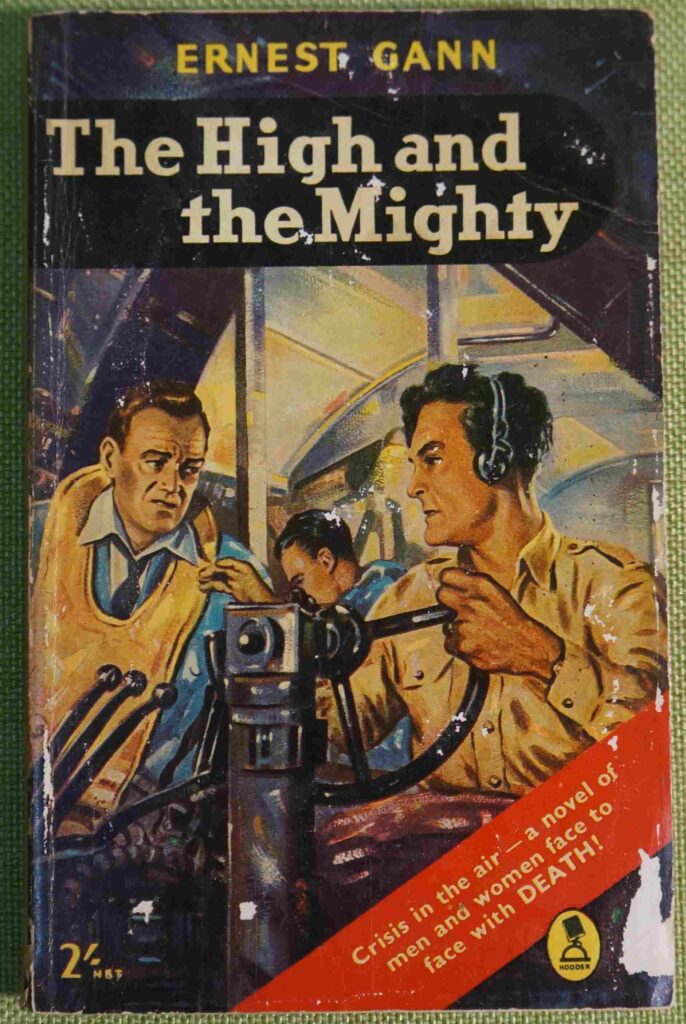
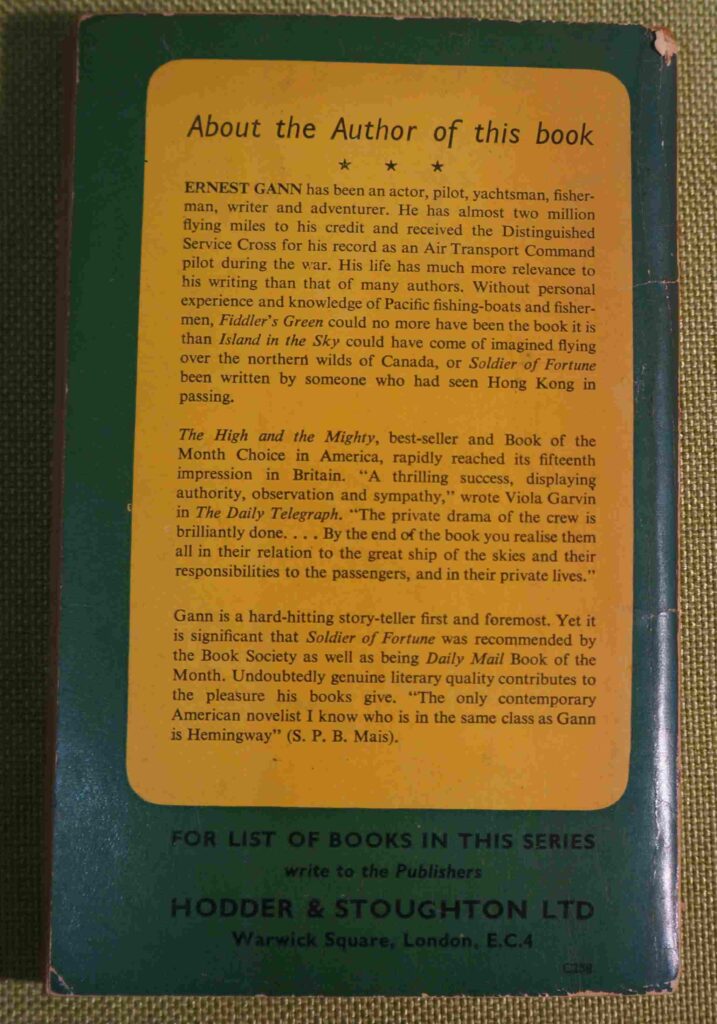
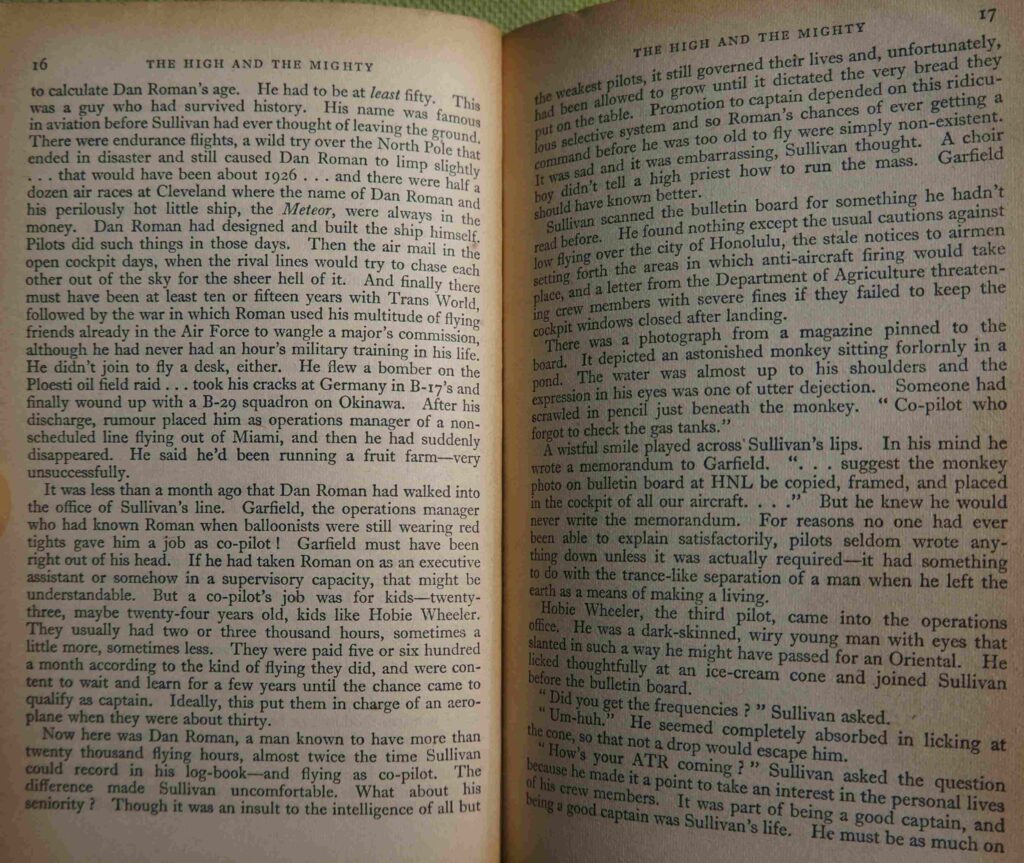
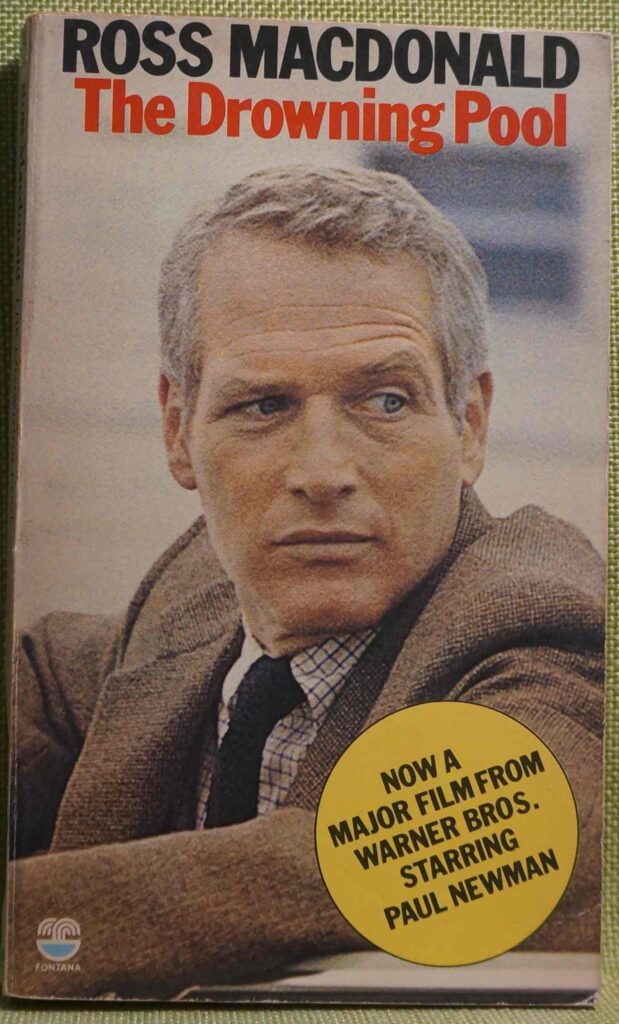
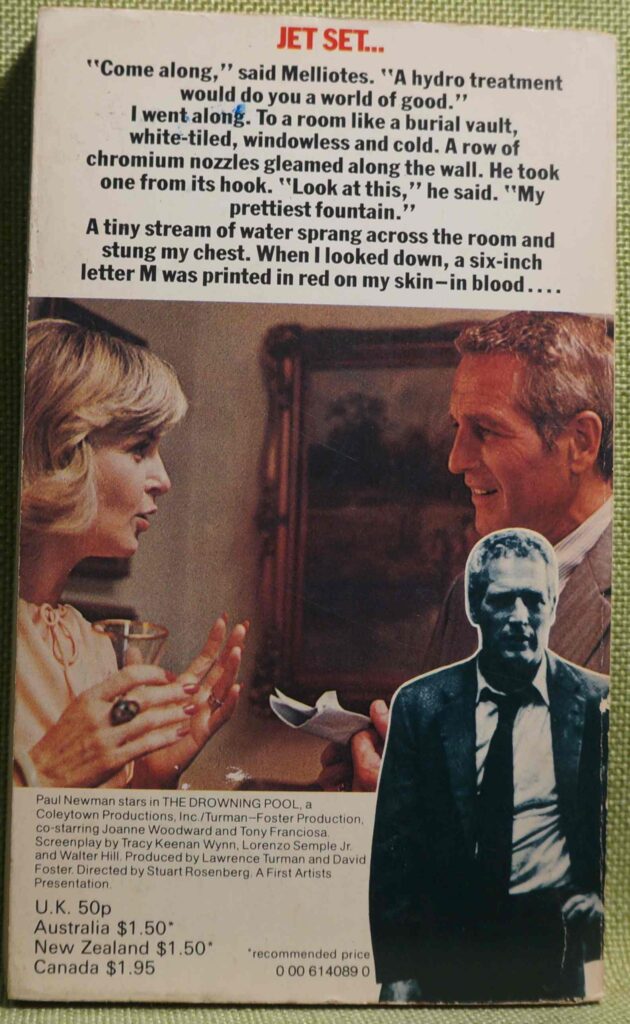
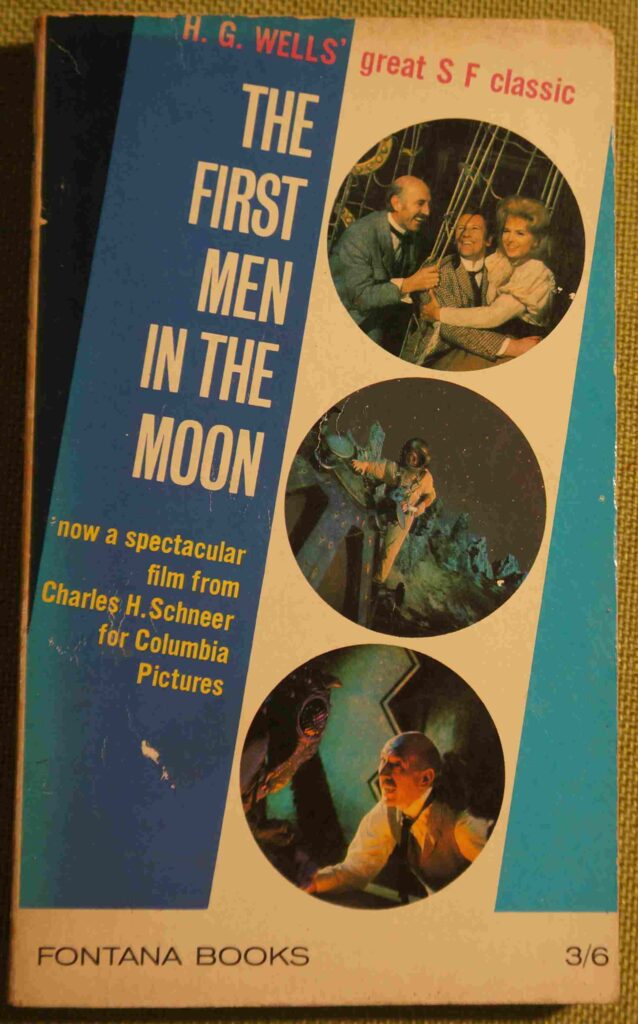
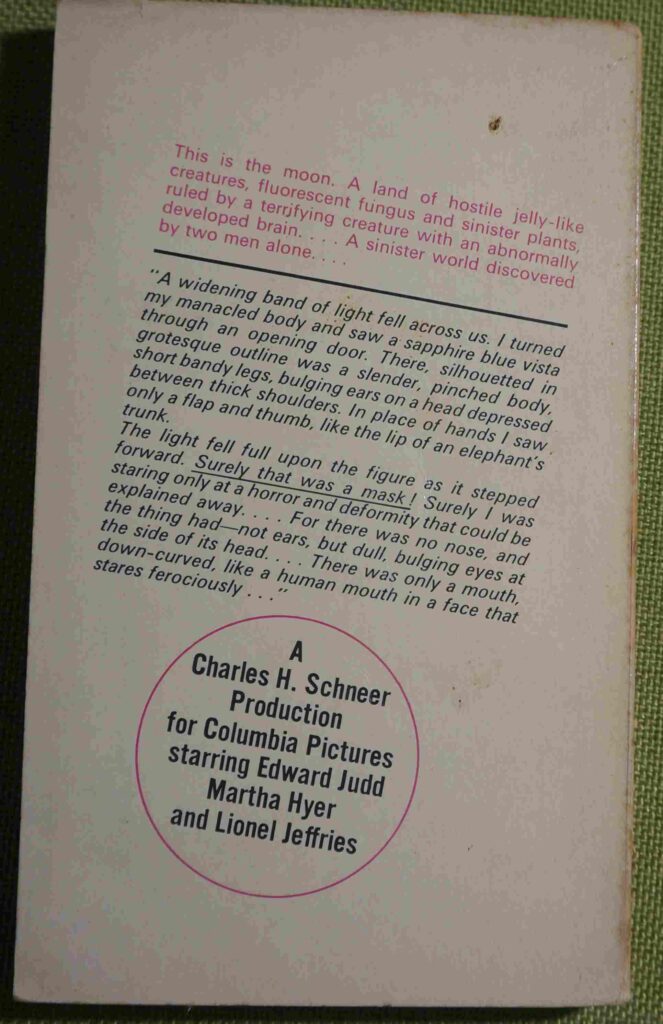
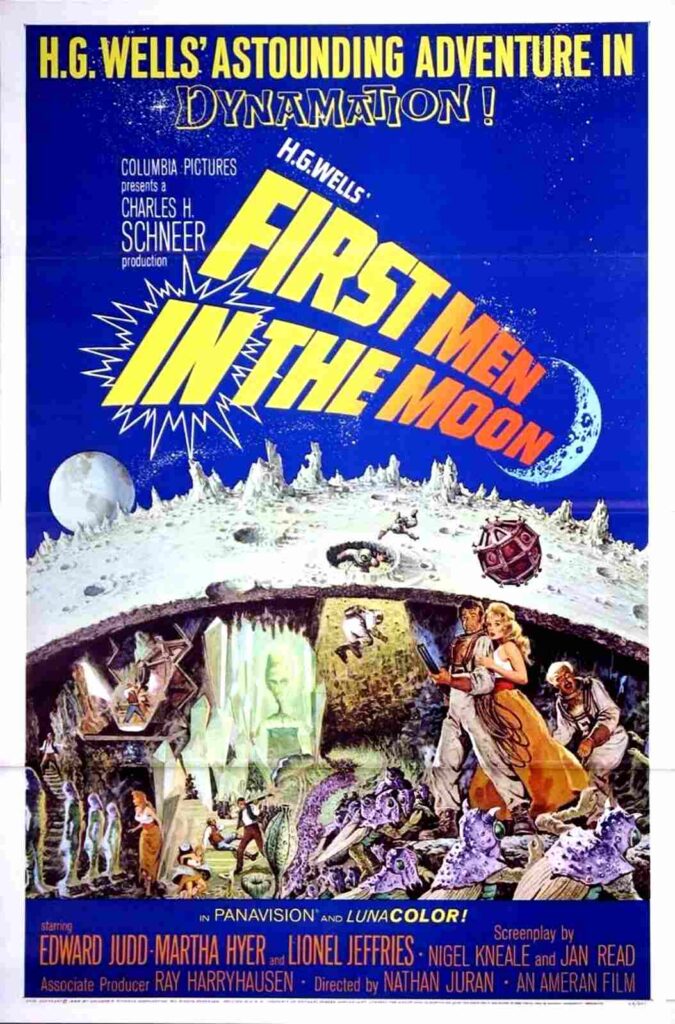
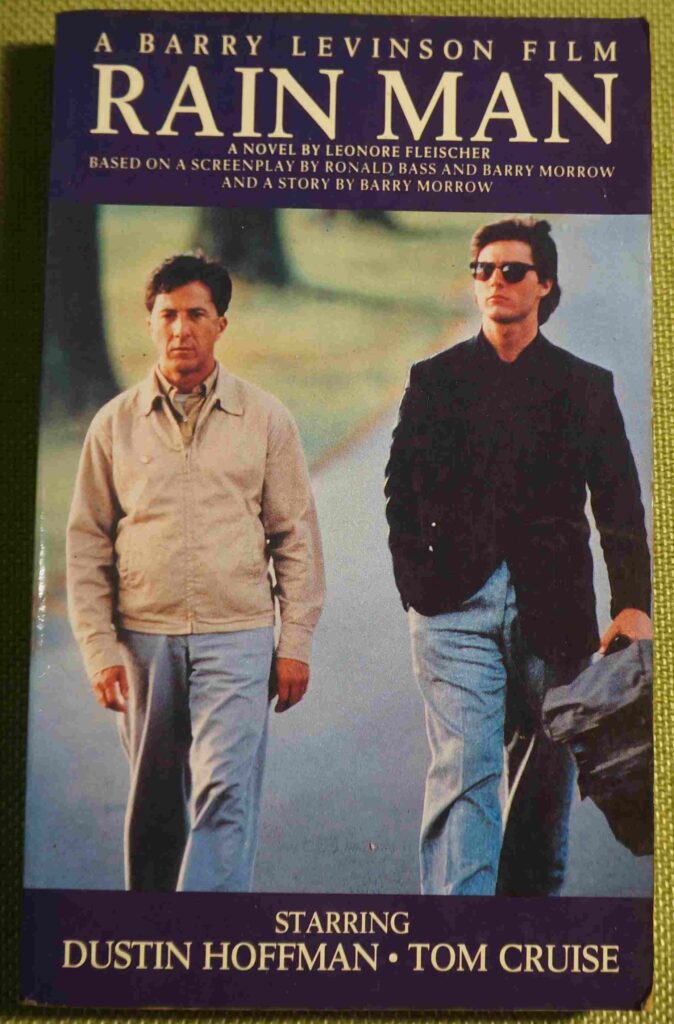
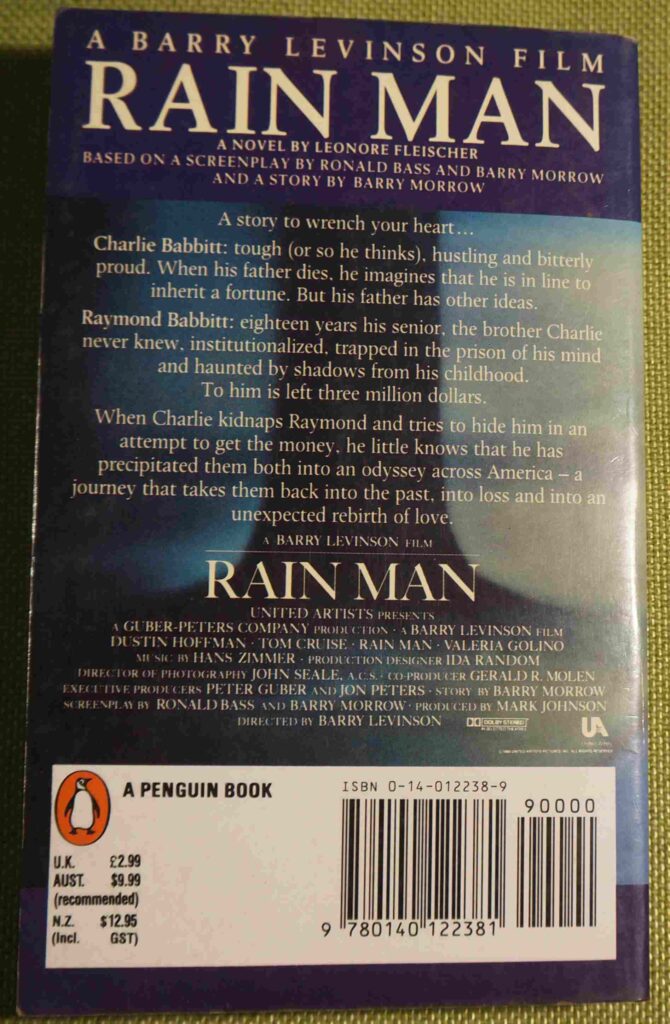
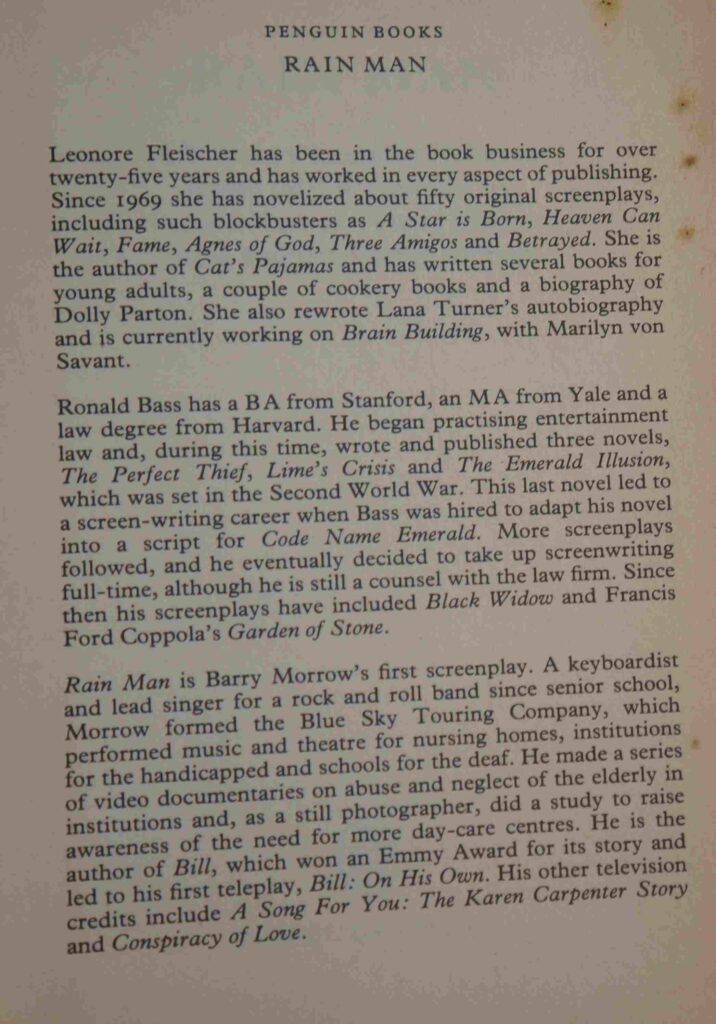
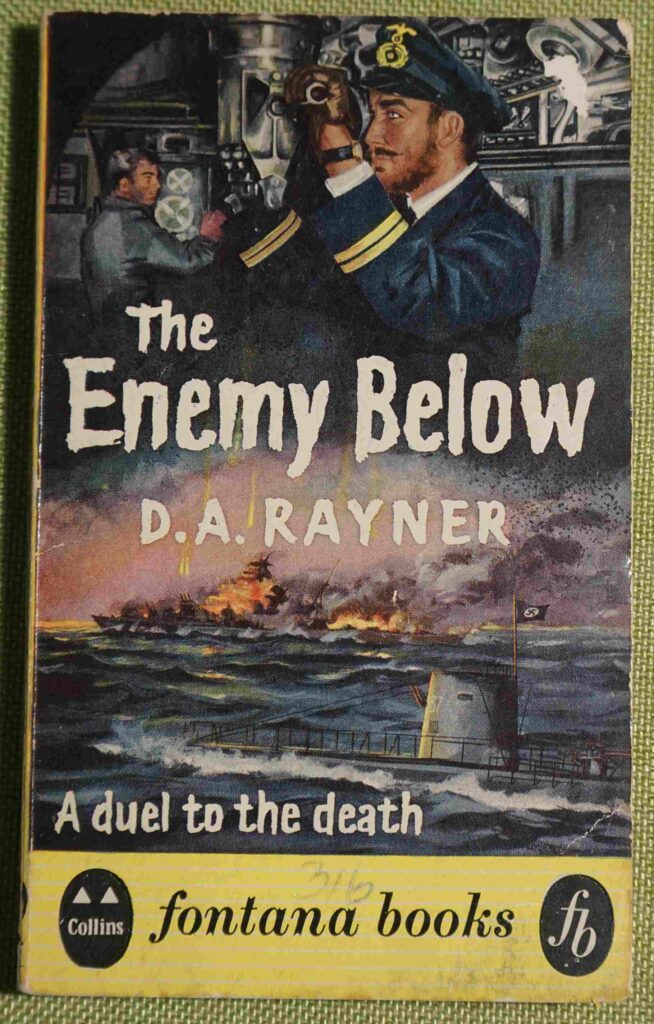
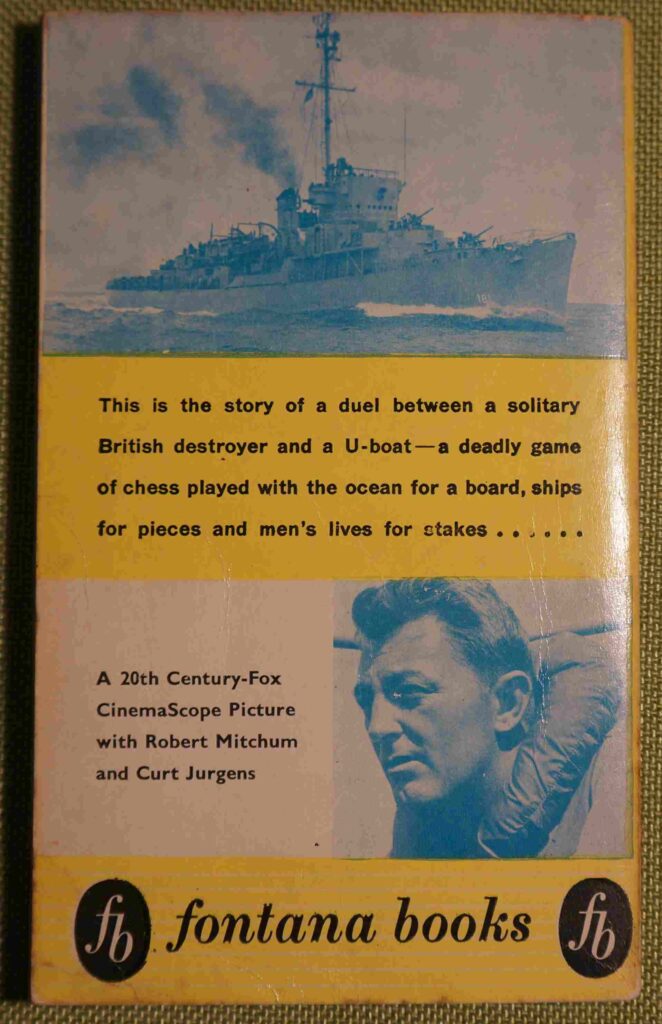
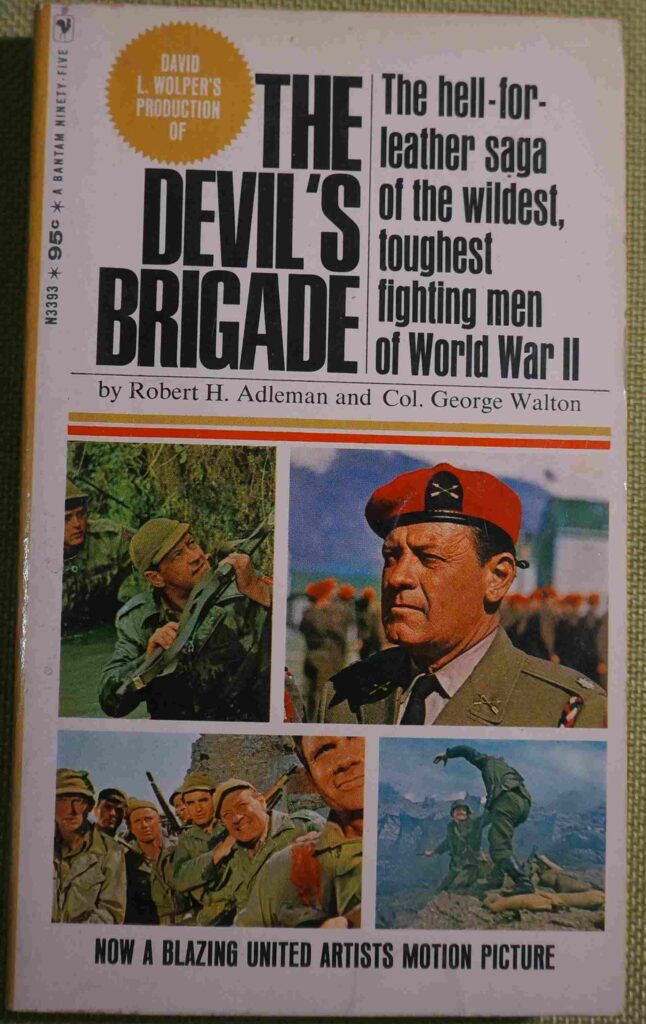
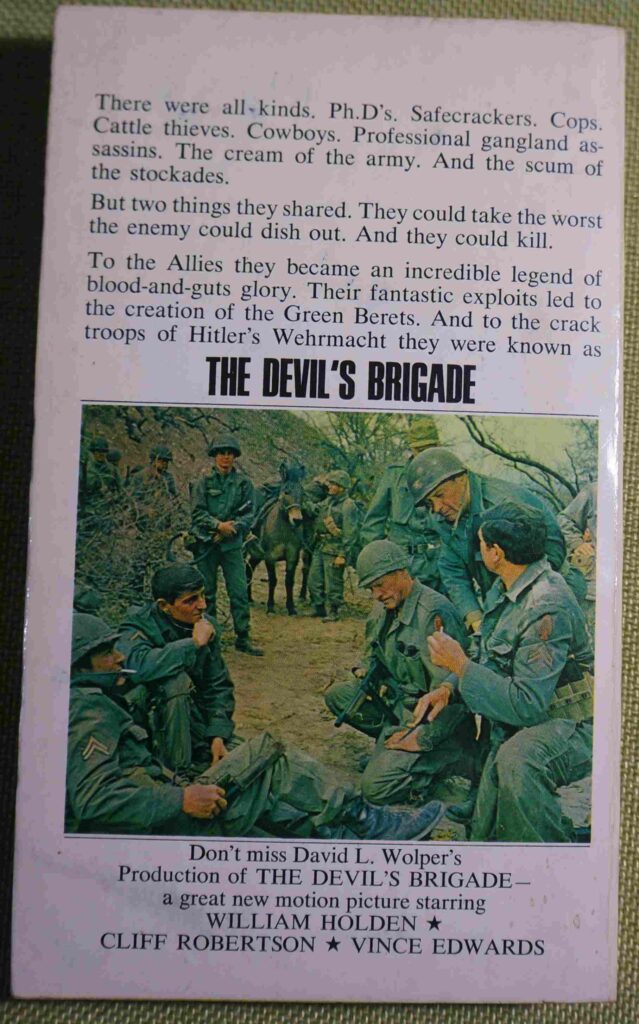
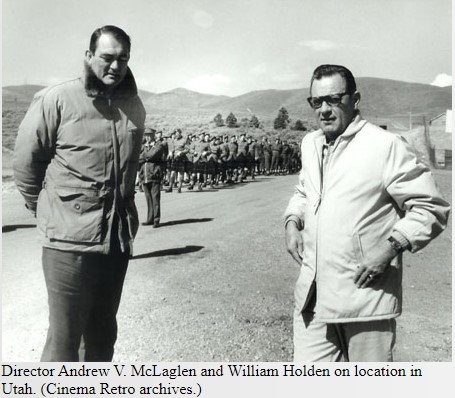
yep re Kirk … no one pushes Kirk around. His Bryna Production Company was involved with (partially funded) POG ..and…